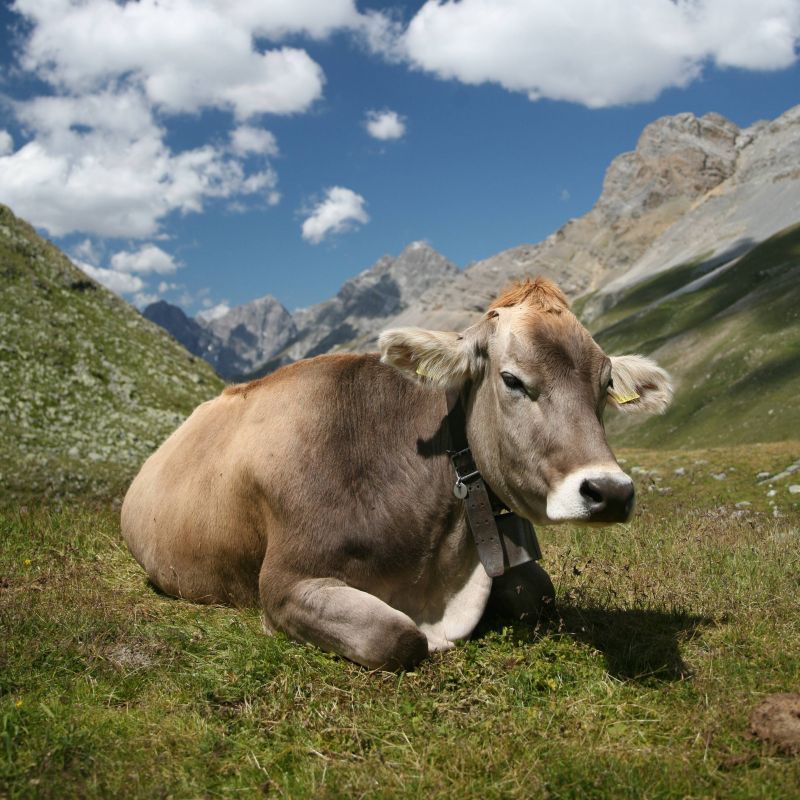The Dairy Industry Polluting Waterways
Published on by Water Network Research, Official research team of The Water Network in Social
In efforts to cut the cost of milk production, dairy farmers cut corners on pollution prevention measures necessary to protect the quality of water causing high nitrate levels.
Large dairy factory farm operations, called concentrated animal feeding operations (CAFOs), store their manure in large lagoons and apply it to crop fields as fertilizer, but they must comply with strict standards in order to prevent nitrogen, phosphorous and fecal coliform bacteria from entering the soil and water.
When those lagoons are not properly lined, or if a farmer applies manure as fertilizer a little too thickly, nitrogen seeps into the soil where it’s converted to soluble nitrate. From there, nitrates can enter surface waters and groundwater, which private wells tap for drinking water.
 In Washington state, our 270,000 dairy cows produce manure quantities well above what the surrounding environment can safely accommodate.
In Washington state, our 270,000 dairy cows produce manure quantities well above what the surrounding environment can safely accommodate.
It’s no coincidence that the two areas with the highest concentration of CAFOs in Washington are also home to wells with contaminated water at alarming rates .
In Whatcom County, north of Seattle, 29 percent of tested wells had unsafe levels of nitrates; in central Washington’s Yakima Valley about 20 percent of tested well water is compromised by high nitrate levels.
The Safe Drinking Water Act sets the maximum contaminant level for nitrates at 10 milligrams per liter; higher concentrations of nitrates can cause blue baby syndrome, which is deadly if untreated, and has been linked to fatal birth defects.
Washington state health authorities have yet to rule out a causal relationship between the area’s highly contaminated groundwater and the prevalence of this devastating birth defect.
 The dairy industry contends that elevated levels of nitrates in the area’s groundwater are likely due to mismanaged sewer systems.
The dairy industry contends that elevated levels of nitrates in the area’s groundwater are likely due to mismanaged sewer systems.
However, dairy cows produce nearly 10 times as much manure as humans by weight, and cow manure holds nearly 29 times the nitrogen content of human waste.
A study by the Environmental Protection Agency found that 95 percent of all nitrogen in the Yakima valley comes from the agricultural sector (about 65 percent from livestock and 30 percent from fertilizers applied to crops).
No more than 3 percent of the area’s nitrogen comes from septic and wastewater systems.
Nitrogen pollution from factory farms threatens water quality across the country, and it’s certainly not new to Washington State. But with the 40 percent drop in wholesale milk prices over the last two years, the public should be vigilant about ensuring dairy farms implement adequate pollution prevention measures.
If the global bust in the milk market continues, the dairy lobby will push government at all levels to diminish the requirements of dairy farms, and communities like the Yakima Valley will pay with their water.
Source: AlternetMedia
Taxonomy
- Water
- Water Pollution
- Groundwater
- Groundwater Pollution
- Dairy Cattle Farming
- Food & Beverage
- Dairy Products
- Dairy
1 Comment
-
"The Safe Drinking Water Act sets the maximum contaminant level for nitrates at 10 grams per milliliter".These seem extremely high concentrations to me (also compared to threshold values of European drinking water regulation). Are these reported correctly??
1 Comment reply
-
Dear Andreas, thank you for pointing out the error in the text, we have corrected it. Maximum contaminant level is 10 milligrams per liter, as set by The Safe Drinking Water Act. Thank you for critically reading the text and informing us!
-